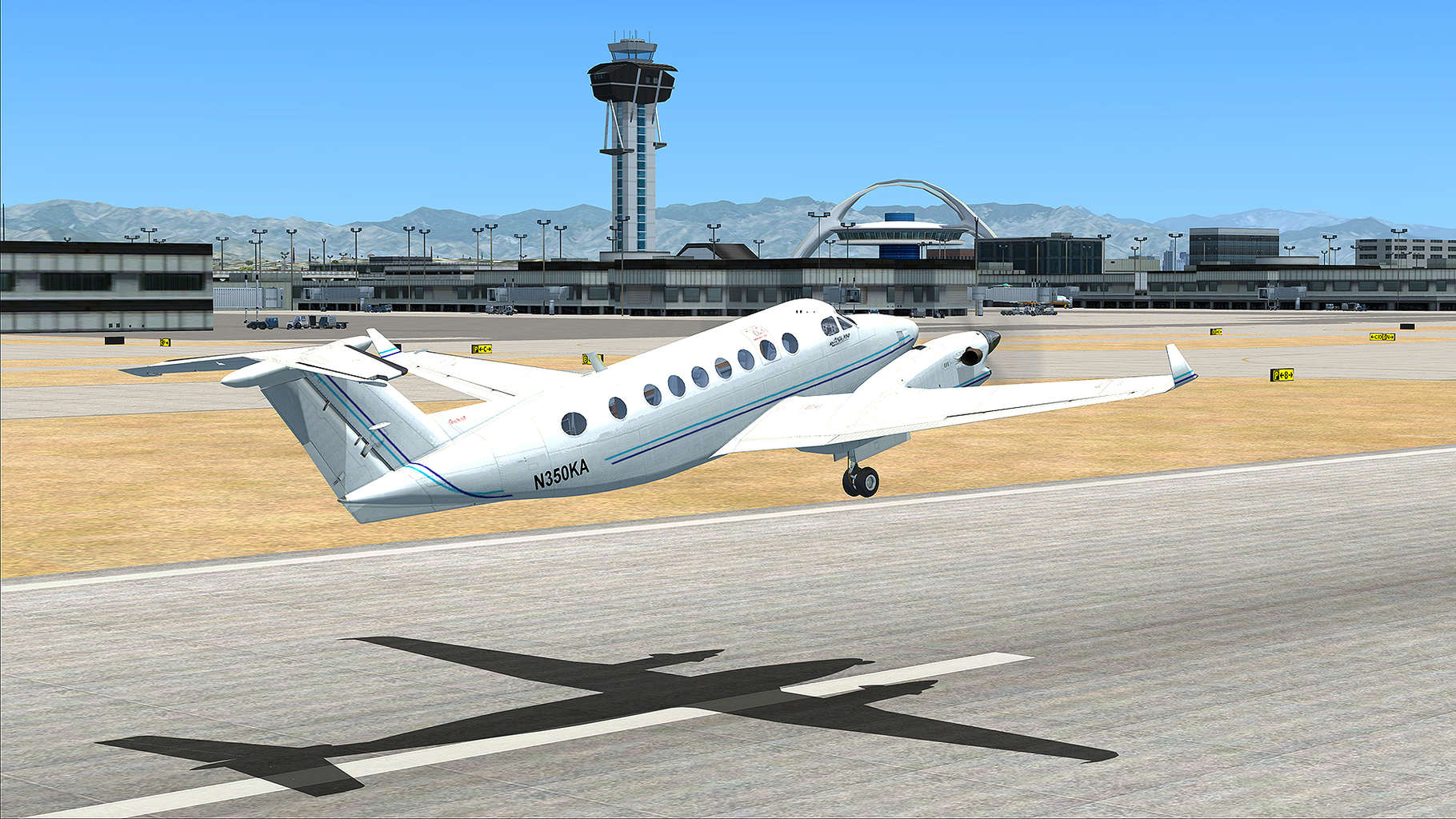


The game options in FlightGear are clearly presented at all times, as are the customization options. The general interface is very clean and user friendly – there aren't too many unnecessary dials to confuse you. Whilst most flight simulators are aimed at experienced flyers, FlightGear is designed for those who've never sat in a cockpit before but want to learn the essentials. What makes FlightGear standout though is the fact that even taking control of the most complicated aircraft is possible due to the excellent tutorials on the developer site which take you step by step through take-off. Also, while some people have reported in runs fine in Windows 7, others have had major problems running it and as yet there is no official support for it. Users of older machines may find loading times painful and the graphics sluggish, so it's recommended that you shut down all other applications or expand your RAM before trying FlightGear. The major drawback of this FlightGear, however, is that it is very heavy on resources. Fancy flying a rocket from Washington to London or putting an ejector seat in a 747? Just make them yourself!

The 3D graphics are surprisingly detailed and for those with programming know-how, the fact that it's open source means that the sky is literally the limit in terms of what you can create and do with FlightGear. Once you're done with this, you hit the runway and off you go! There are no missions to complete or battles to win – it's simply a case of taking off, landing and enjoying the scenery. Both do exactly the same thing but the wizard is recommended for ease of use. FlightGear can be controlled in two ways - through the command line and through a graphical wizard called 'fgrun'.


 0 kommentar(er)
0 kommentar(er)
